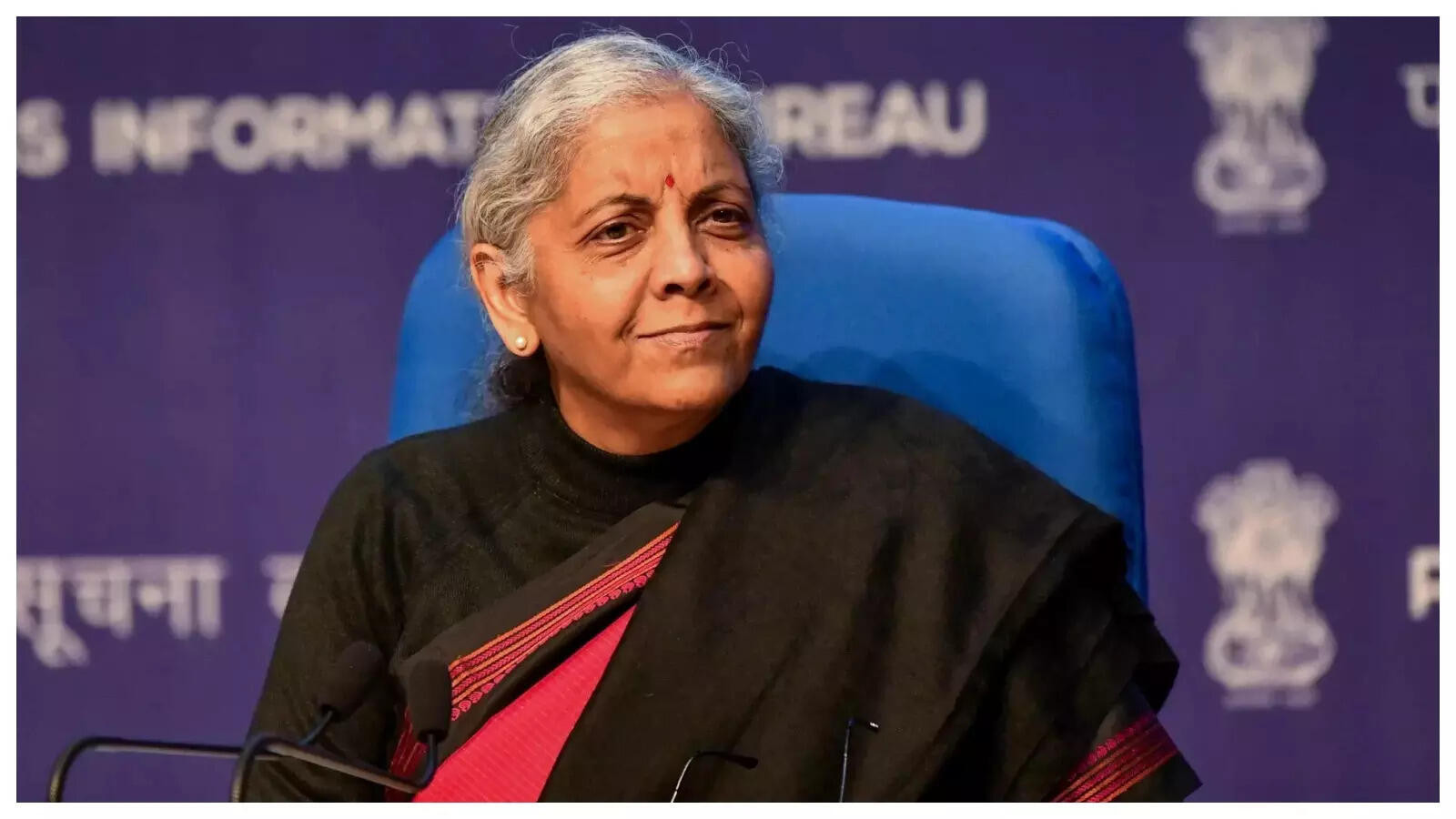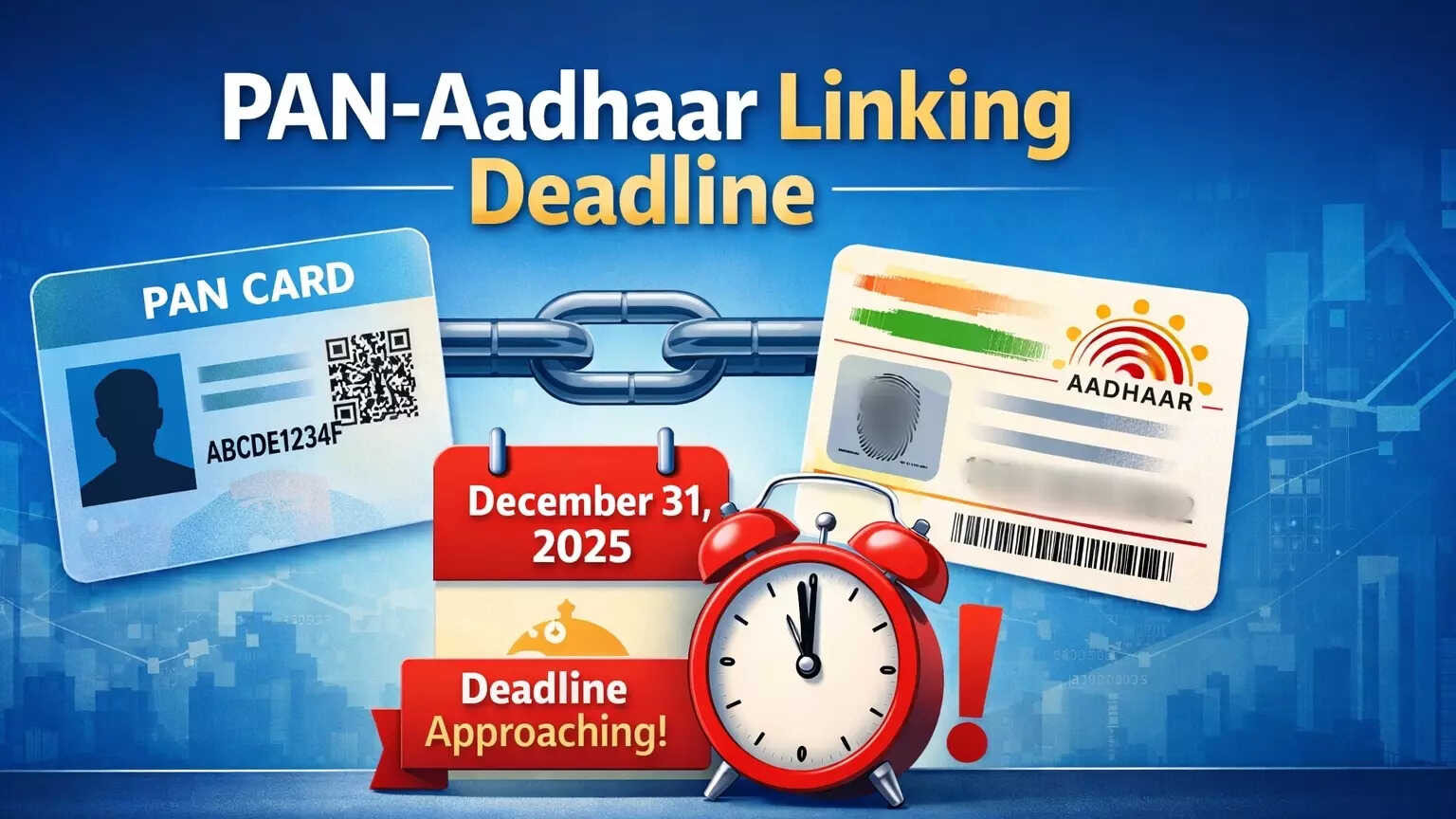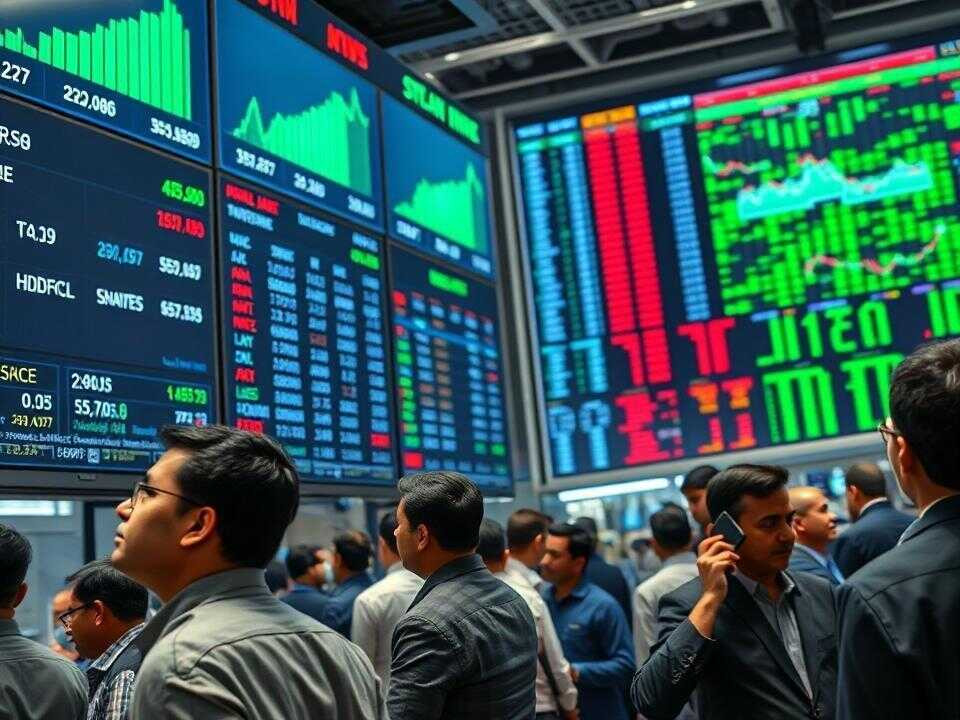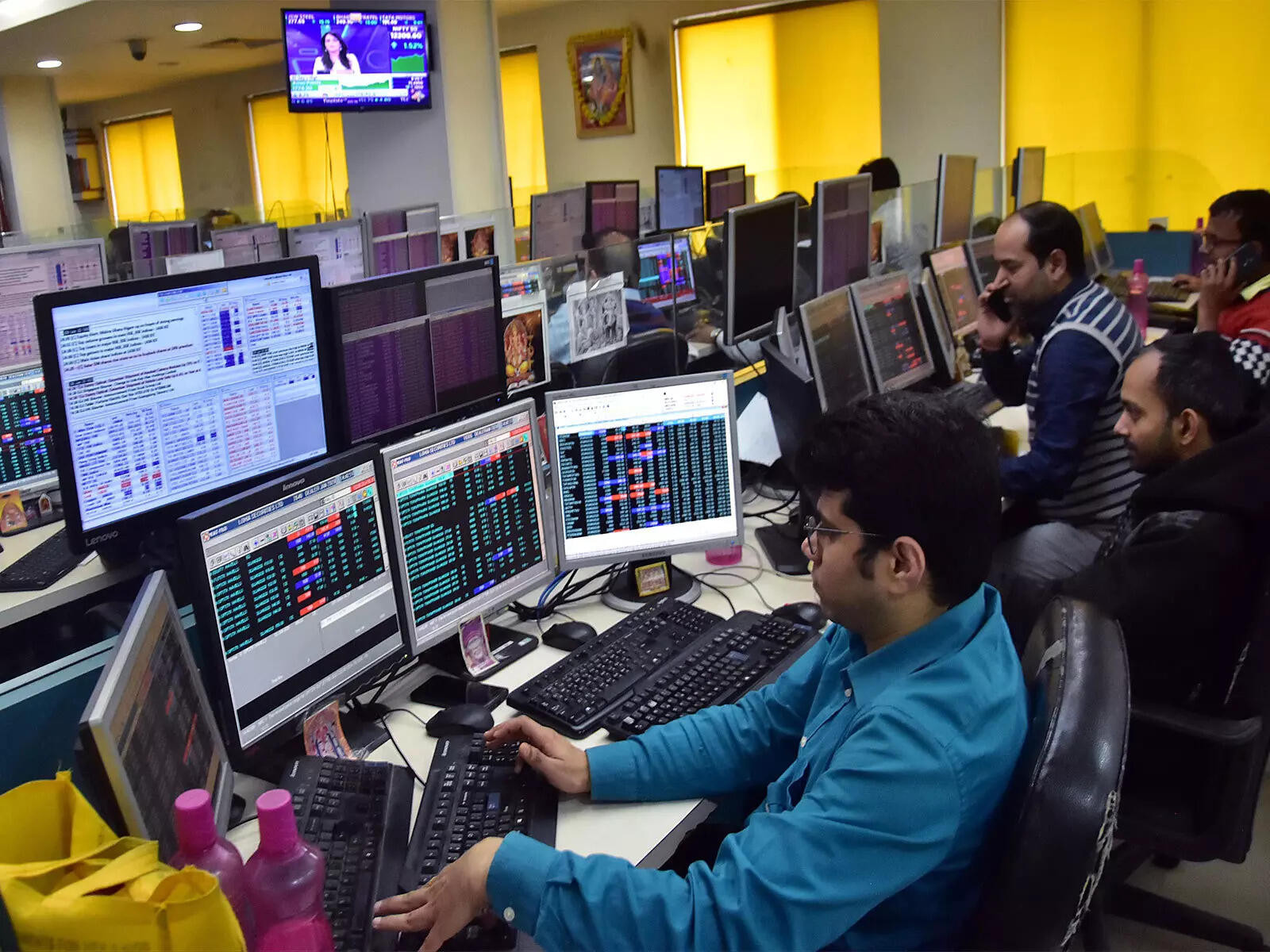Finance Minister Nirmala Sitharaman convened an inter-ministerial meeting to discuss potential support for Indian exporters facing new 50% US tariffs. The tariffs, impacting sectors like textiles and chemicals, threaten India’s competitiveness against nations with lower duties. Sitharaman assured exporters of the government’s commitment to addressing their concerns and exploring measures to protect their interests.
Navigating the Choppy Waters: Protecting Indian Exporters from US Tariffs
The global trade landscape feels a bit like navigating a ship through a storm lately, doesn’t it? Recent rumblings from the US, hinting at potential tariff hikes, have sent ripples of concern through the Indian export community. Finance Minister Nirmala Sitharaman recently convened an inter-ministerial meeting to chart a course that will safeguard Indian exporters from the brunt of these possible headwinds. The meeting signals a proactive approach, ensuring India is prepared to weather any changes in US trade policy. But what’s really at stake, and what options are being considered to keep India’s export engine humming?
Understanding the Looming Threat of US Tariffs
The potential for increased US tariffs throws a wrench into carefully laid business plans. For Indian businesses that rely heavily on exports to the US, these tariffs could mean reduced profit margins, making their products less competitive in the American market. It could even force some to rethink their entire export strategy. The uncertainty alone can be crippling, leading to hesitation in investment and expansion. The meeting spearheaded by the Finance Minister highlights the government’s awareness of these risks and their commitment to exploring solutions.
Strategies to Shield Indian Exporters
So, what’s on the table to protect our exporters? Several avenues are likely being considered, each with its own set of pros and cons.
* Diversifying Export Markets: This is perhaps the most sustainable, long-term strategy. Instead of relying heavily on the US market, Indian businesses can actively seek new opportunities in other countries. This includes exploring untapped markets in Asia, Africa, and South America. This isn’t a quick fix, requiring market research, adaptation of products to meet local demands, and building new trade relationships. However, reducing dependence on a single market strengthens India’s overall economic resilience.

* Negotiating with the US: Diplomatic channels are always open, and negotiations could potentially mitigate the impact of the tariffs. This involves presenting a strong case for fair trade and highlighting the mutually beneficial relationship between the two countries. Trade deals and agreements can play a crucial role in ensuring market access and preventing discriminatory trade practices.
* Providing Financial Assistance: The government might consider offering financial support to affected exporters. This could take the form of subsidies, tax breaks, or access to low-interest loans. These measures would help businesses absorb the increased costs associated with the tariffs and remain competitive.
* Strengthening Domestic Manufacturing: Focusing on boosting domestic manufacturing capacity can reduce reliance on exports in the long run. By becoming more self-sufficient, India can insulate itself from external economic shocks and create jobs within the country. Initiatives like “Make in India” play a vital role in this strategy. You can read more about government support for domestic manufacturing here.
* Exploring Alternative Currencies for Trade: Discussions around conducting trade in local currencies, like the rupee, with other nations are gaining traction globally. This could reduce reliance on the US dollar and potentially mitigate the impact of dollar-denominated tariffs. However, implementing such a system requires careful planning and agreement with trading partners.
A Proactive Approach to Protecting Indian Exporters
The Finance Minister’s proactive engagement is crucial. It demonstrates a commitment to supporting the backbone of India’s economy – its exporters. The discussions are not just about reacting to potential threats, but about proactively shaping a resilient and diversified trade strategy for the future. This inter-ministerial approach brings together different perspectives and expertise to develop a comprehensive response.
The path forward requires a blend of strategic thinking, diplomatic engagement, and proactive support for Indian businesses. While the global trade landscape remains unpredictable, India’s focus on diversification, negotiation, and domestic strength will be vital in navigating the challenges and ensuring continued growth in its export sector.
Ultimately, the measures taken now will shape the future of Indian exports and its position in the global marketplace. By staying agile, adaptable, and proactive, India can weather the storm and emerge stronger than ever.







